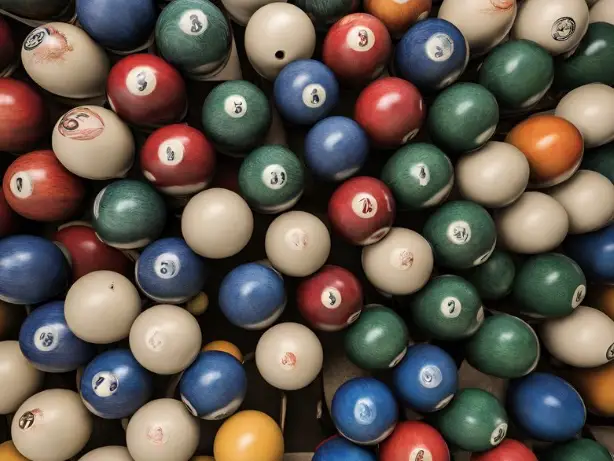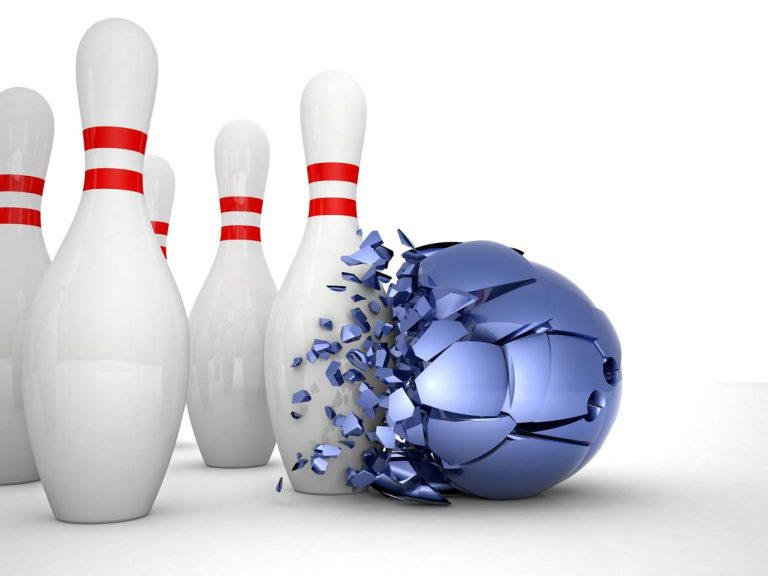Duckpin Bowling Practice Tips: Improve Your Game Today
If you’re looking for a fun and challenging sport that can be enjoyed by all ages, then duckpin bowling is the perfect choice. This beloved sport has been around for over a century, and it’s still going strong today. Whether you’re a seasoned pro or just starting out, there are always ways to improve your game and take your skills to the next level.
One of the best ways to improve your duckpin bowling skills is through practice. While it may seem like a simple game, there are many different techniques and strategies that can be used to improve your score. In this article, we’ll explore some of the best duckpin bowling practice tips that you can use to take your game to the next level. Whether you’re looking to improve your aim, increase your accuracy, or just have more fun on the lanes, these tips will help you achieve your goals and become a better bowler.
Fundamentals of Duckpin Bowling
Understanding the Game
Duckpin bowling is a variation of traditional ten-pin bowling that originated in the early 1900s. The game is played with smaller balls and shorter pins, making it more challenging than ten-pin bowling. The National Duckpin Bowling Congress (NDBC) is the governing body for the sport in the United States.
In duckpin bowling, each player gets three balls per frame, and there are ten frames in a game. The objective is to knock down as many pins as possible with each ball and score as many points as possible. In the tenth frame, players get an extra ball if they get a strike or a spare.
Equipment and Lane Specifications
The equipment used in duckpin bowling includes smaller balls and shorter pins than traditional ten-pin bowling. The balls do not have finger holes, and the pins are only 9.4 inches tall. The bowling lane is 60 feet long and 41 inches wide, with a foul line 11 inches from the beginning of the lane.
The lane conditions can vary depending on the bowling alley, but they are generally similar to those in traditional ten-pin bowling. The oil pattern on the lane can affect the ball’s trajectory and speed, so it’s important to pay attention to the lane conditions when practicing.
Basic Rules and Scoring
The basic rules of duckpin bowling are similar to those of traditional ten-pin bowling. Each frame consists of three balls, and players score points based on how many pins they knock down. A strike is when a player knocks down all ten pins with their first ball, and a spare is when a player knocks down all ten pins with two balls.
The scoring system in duckpin bowling is slightly different from traditional ten-pin bowling. In duckpin bowling, the maximum score for a single frame is 30 points, which is achieved by getting three strikes in a row. The maximum score for a full game is 300 points, which requires a perfect game of all strikes.
Overall, duckpin bowling is a challenging and exciting sport that requires skill and precision. By understanding the basic rules and practicing regularly, you can improve your game and enjoy all that duckpin bowling has to offer.
Developing Your Technique
If you’re looking to improve your Duckpin bowling game, it’s important to focus on developing your technique. This means paying attention to your approach, grip and release, and aiming and targeting. By mastering these key elements, you can improve your accuracy, balance, and overall performance on the lanes.
The Approach
Your approach is a crucial part of your technique, as it sets the foundation for your entire shot. When approaching the lane, make sure you have a proper stance with your feet shoulder-width apart and your non-dominant foot slightly ahead of the other. This will give you a stable base from which to throw the ball. As you begin your approach, keep your eyes focused on your target and take a smooth, controlled step forward.
Grip and Release
The way you grip and release the ball can also have a big impact on your accuracy and spin. When gripping the ball, make sure you find a comfortable grip that allows you to maintain control throughout your shot. Some bowlers prefer to use a conventional grip, while others use a fingertip grip. Experiment with different grips to find what works best for you.
When releasing the ball, focus on the same smooth, controlled motion as in 10 pin bowling, that follows through towards your target. Avoid jerky or abrupt movements that can throw off your accuracy and spin.
Aiming and Targeting
Finally, aiming and targeting are crucial elements of your technique that can help you hit your mark and knock down more pins. When aiming, focus on the head pin and try to hit it with the ball. You can also aim for the pocket, which is the area between the 2nd and 3rd pins on either side of the head pin.
To target your shot more accurately, pay attention to your spin and release. A backspin can help the ball travel straighter, while a side spin can help you curve the ball towards your target. Experiment with different spins to find what works best for you.
By focusing on your approach, grip and release, and aiming and targeting, you can develop a solid technique that leads to improved accuracy and higher scores. Keep practicing and experimenting with different techniques until you find what works best for you.
Advanced Strategies and Tips
To become a skilled Duckpin bowler, you need to focus on advanced strategies and tips. Here are some of the best techniques that can help you perfect your game.
Perfecting Strikes and Spares
Strikes and spares are the key to winning in Duckpin bowling. To perfect your strikes, you need to focus on your technique and aim. Make sure you have a consistent approach and release the ball with precision. Aim for the headpin and try to create a chain reaction to knock down as many pins as possible.
For spares, you need to focus on your angles and adaptability. Try to hit the pins at the right angle to create the triangular shape that will knock down the remaining pins. Consistent practice is key to perfecting your strikes and spares.
Adapting to Lane Conditions
Lane conditions can affect your game significantly. You need to be able to adapt to different oil patterns and lane conditions to maintain consistency. Advanced Duckpin bowling strategy involves understanding the lane conditions and adjusting your approach accordingly.
If the lane is dry, you need to increase your ball speed to create more pin action. If the lane is oily, you need to adjust your angle and spin to control the ball’s movement. Adapting to lane conditions is a crucial skill that can help you win more games.
Consistency and Adaptability
Consistency is essential in Duckpin bowling. You need to be able to repeat your technique and approach to maintain accuracy. Consistent practice is the key to mastering your game.
Adaptability is also crucial in Duckpin bowling. You need to be able to adjust your technique and approach based on the lane conditions and your opponent’s style. Advanced Duckpin bowling strategy involves being able to adapt quickly and effectively to win more games.
By focusing on perfecting your strikes and spares, adapting to lane conditions, and maintaining consistency and adaptability, you can become a skilled Duckpin bowler. Keep practicing and honing your skills to improve your technique and strategy.
Practice and Improvement
Practicing regularly is essential to improve your duckpin bowling skills. Here are some tips to help you get the most out of your practice sessions.
Setting Practice Goals
Setting practice goals can help you stay focused and motivated. Start by identifying areas of your game that need improvement, such as your accuracy, power, or finesse. Then, set specific, measurable goals that will help you improve in these areas. For example, you might set a goal to increase your score by 10 points, or to knock down all 10 pins with each roll.
Tracking Progress and Adjustments
Tracking your progress can help you identify areas where you are improving, as well as areas where you still need work. Keep a record of your scores, pin count, and rolls per frame, and review them regularly to see how you are doing. If you are not seeing the progress you want, consider adjusting your practice routine. For example, you might try practicing with a lighter ball, or focusing on your release technique.
Remember to wear comfortable bowling shoes and take turns with other bowlers to avoid fatigue.
Frequently Asked Questions:
What is the maximum score in duckpin bowling?
The maximum score in duckpin bowling is 300, just like in ten-pin bowling. However, this is a very rare occurrence.
What is the difference between duckpin bowling and candlepin bowling?
Duckpin bowling uses smaller balls and shorter pins than candlepin bowling. Additionally, in duckpin bowling, each player gets three balls per frame instead of two, and gutters are only 8.5 inches wide.
What is the NDBC?
The National Duckpin Bowling Congress (NDBC) is the governing body for duckpin bowling in the United States.
What are some advanced strategies for duckpin bowling?
Advanced strategies for duckpin bowling include adjusting your ball speed and angle, as well as understanding lane conditions and oil patterns.




